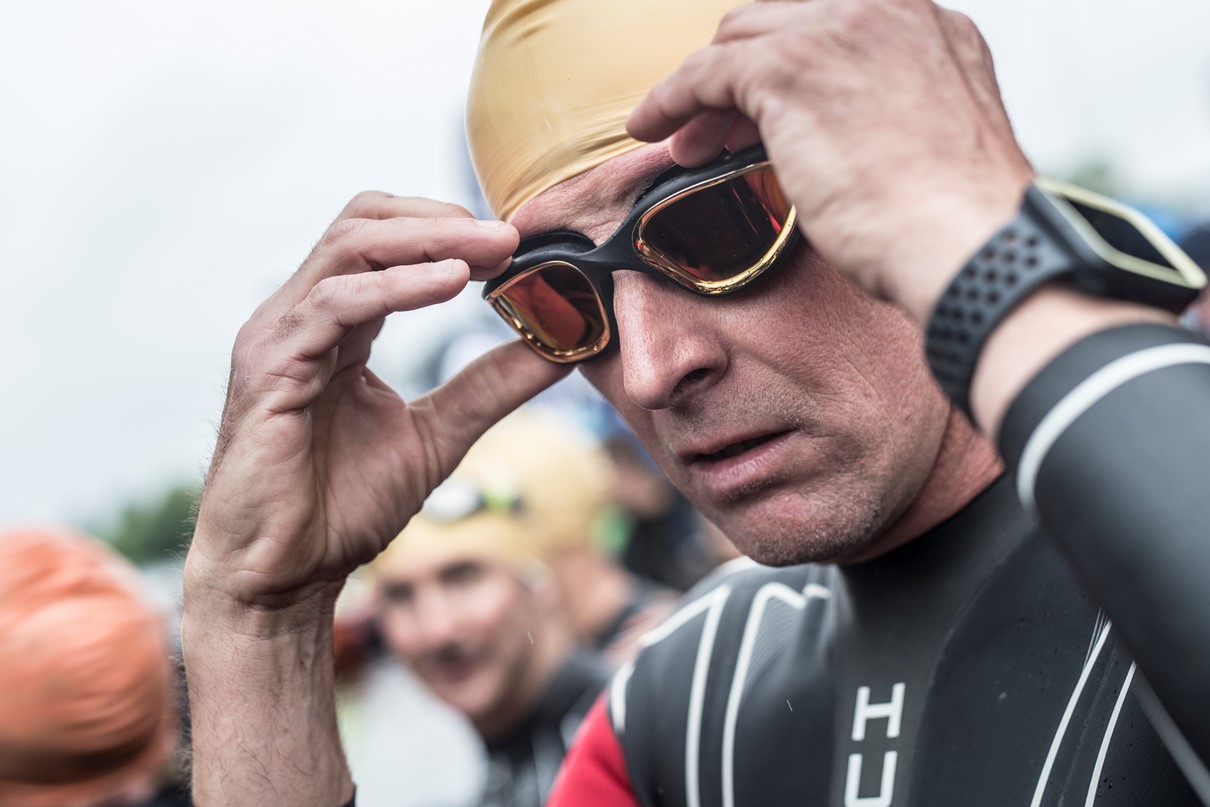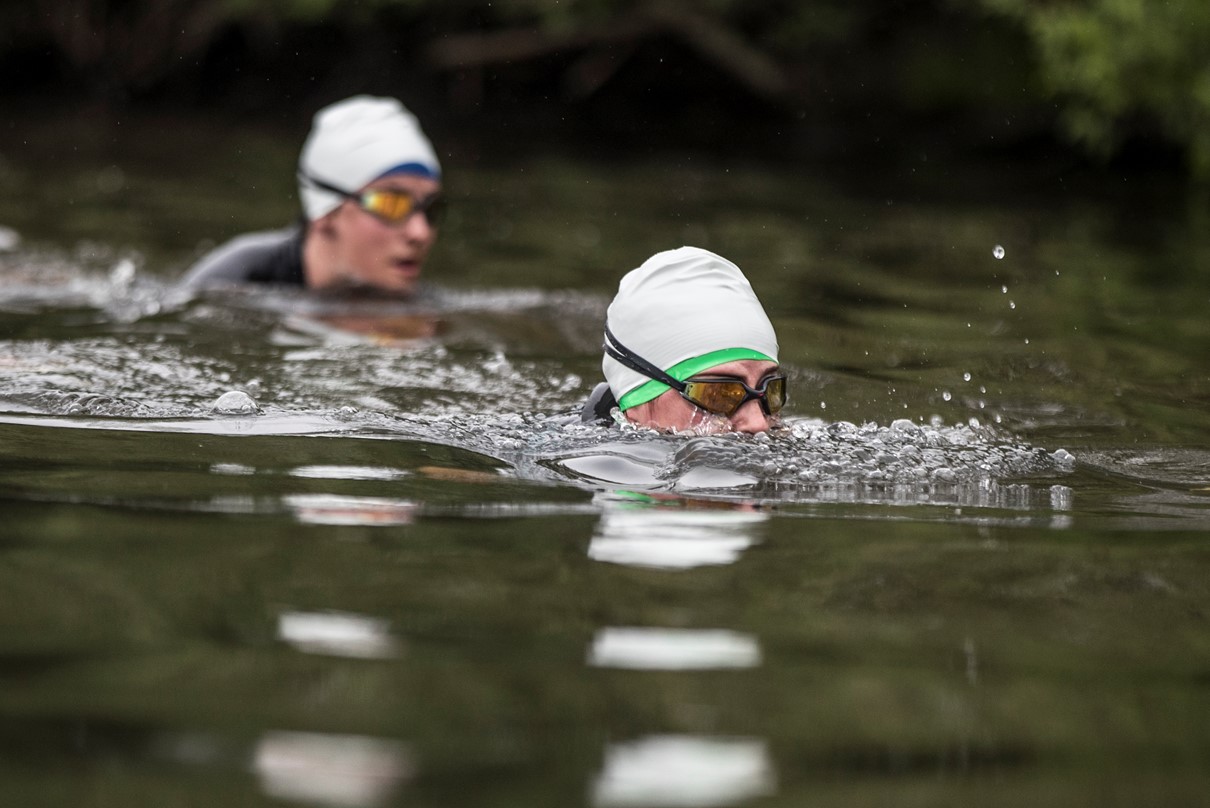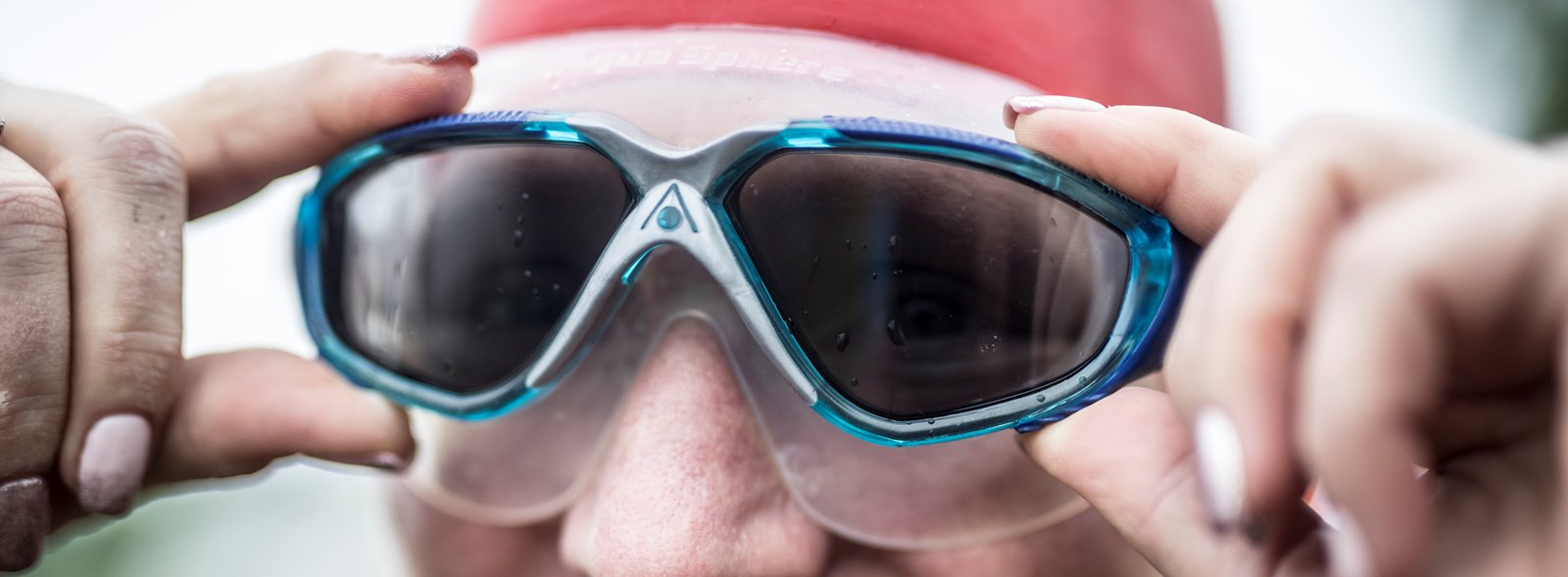Tips to stop your goggles steaming up
John Wood has put together some tips to help stop your goggles steaming up.
There's nothing worse than steamed-up goggles, especially during an open water swim event where you want everything to go as smoothly as possible. Here are some top tips to avoid steamed-up goggles come race day.
Anti-Fog Spray
Straight forward - some swimmers prefer to go with an option specifically designed for swim goggles. Anti-fog spray comes in a small bottle you can keep inside your swim bag. Some bottles have a carrying case that can be attached to the strap of your bag as well for easy access.
The spray works by decreasing surface tension, which means it is more difficult for water droplets to gather and condense on your goggles.
The hands-off application of anti-fog spray is one of its key benefits — since it's easy to scratch your lenses if you touch them with your fingers or a cloth that's too rough.
The application of anti-fog spray is quick and simple. First, make sure each lens is clean. You do not want to mix the spray with any dirt or debris, such as sand. Next, use the spray bottle to apply a thin, even coat of the product to the inside of each lens. After spraying the goggles, give them a quick rinse. You can do this in the sink, shower or even the pool. Now your goggles should be clear for your workout or your race.
You also have the option of leaving anti-fog spray on your goggles overnight. Apply the spray, rinse the goggles and then let them air dry while you sleep. They will be ready to go next time you head to the pool.

Proper Care
If you want to stop swimming goggles from fogging up, proper care is the first line of defence. It will ensure the anti-fog layer on the lenses, as well as the rest of the goggles, lasts as long as possible.
First, never to use your fingers to wipe off the inside of the lenses. If you need to clean your goggles while you swim, run them through the water in the pool. After you are done swimming, you can rinse them off with cool, fresh water in the sink. Rinsing the goggles off will remove chlorine and any other pool chemicals that can cause them to degrade.
Before storing them, make sure they are completely dry to prevent mildew and mould growth, and avoid using any sort of abrasive material to dry them off. Rough material can scratch the protective anti-fog coating and make the goggles more vulnerable to fogging. Air drying is the safest drying method. Simply hang your goggles up and store them after they are completely dry.
If you want to be extra vigilant about the longevity of your goggles, consider storing them in a protective case. It can protect the goggles from accidental scratches and keep the anti-fog layer intact for longer — which can be especially helpful if you have a more expensive pair of swimming goggles.
Get Your Face Wet
Condensation can form due to the reaction between the cold pool water and your body heat. Swimmers can combat this issue by cooling down their face before entering the water. Splash your face with the cold pool water and then put on your goggles. Your skin will be cooler when you first dive in, and your goggles will not immediately fog up. This solution may only be temporary, though. As you push your body to swim faster, you will likely heat up, which could still cause fogging to occur.

Spit Into Your Goggles
You have probably seen professional swimmers spit into their goggles before race time. While this might seem strange, it is actually an effective way to keep your goggles fog-free. Spit onto each lens and shake the goggles to make sure they are evenly coated. The saliva adds a thin layer of moisture to the lenses, which deters condensation. Some swimmers actually prefer this method because it means there is nothing there that could potentially cause eye sensitivity.
Like wetting your face, spitting in your goggles is a temporary way to deal with the problem. You can use this method as often as you want, but you, of course, cannot stop in the middle of a race to do it.
Shampoo
Swimmers rinse off in the shower before and after each swim, so shampoo is always handy. Shampoo can leave a thin protective film on your goggles that will prevent the formation of fog. Take a very small drop of shampoo and gently rub it across the surface of one lens. Repeat the process with the second lens. Then, rinse the goggles off in the sink or the shower. Just don't rinse them too much, or the shampoo will come off completely. Hair conditioner will also have the same effect.
This method can certainly be effective, but you will want to keep your eyes safe.
Everyone knows how much it burns when you accidentally get shampoo in your eyes. Opting to use baby shampoo is an ideal way to make sure this does not happen. The gentle formula is designed not to sting if you get it in your eyes.
Whether you use baby shampoo or your regular shampoo, it is a good idea to test out this fog-free method for the first time during a practice session. That way, you can perfect the amount of shampoo and rinsing necessary to keep your goggles fog-free without causing eye sensitivity. You do not want to find out you didn't rinse your goggles off thoroughly enough on an important race day.









